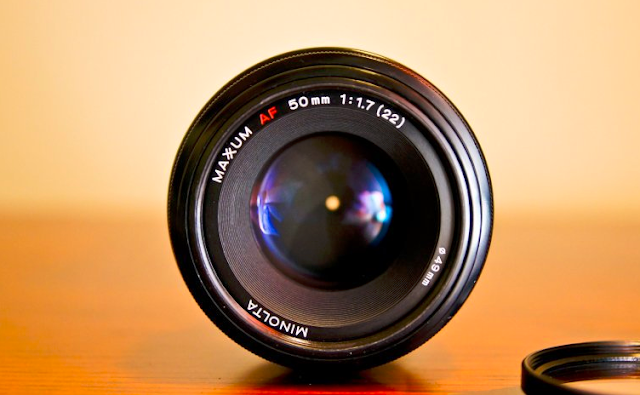Beginners Guide To Cleaning A Camera Lens At Home

We often overlook the simple things that are necessary to take care of our equipment and get so caught up in the act of just shooting that we don’t pay much attention. We just stuff our lens in our camera bag along with our camera and other gear and blast through the door to complete another session of photography. Our lens is as important as our camera sensors and should be cleaned accordingly to achieve the best quality images from your camera. A dirty lens can actually decrease the quality of your images as well as provide smudges and other annoying things in your frame that you will then have to edit out during your post-production process. This article will provide some key information as to how you can care and clean your lenses at home in your spare time as well as how you can continue to take care of them while in the field. 1. Create A Cleaning Station Depending on the number of lenses in your collection, you might want to create a designate...